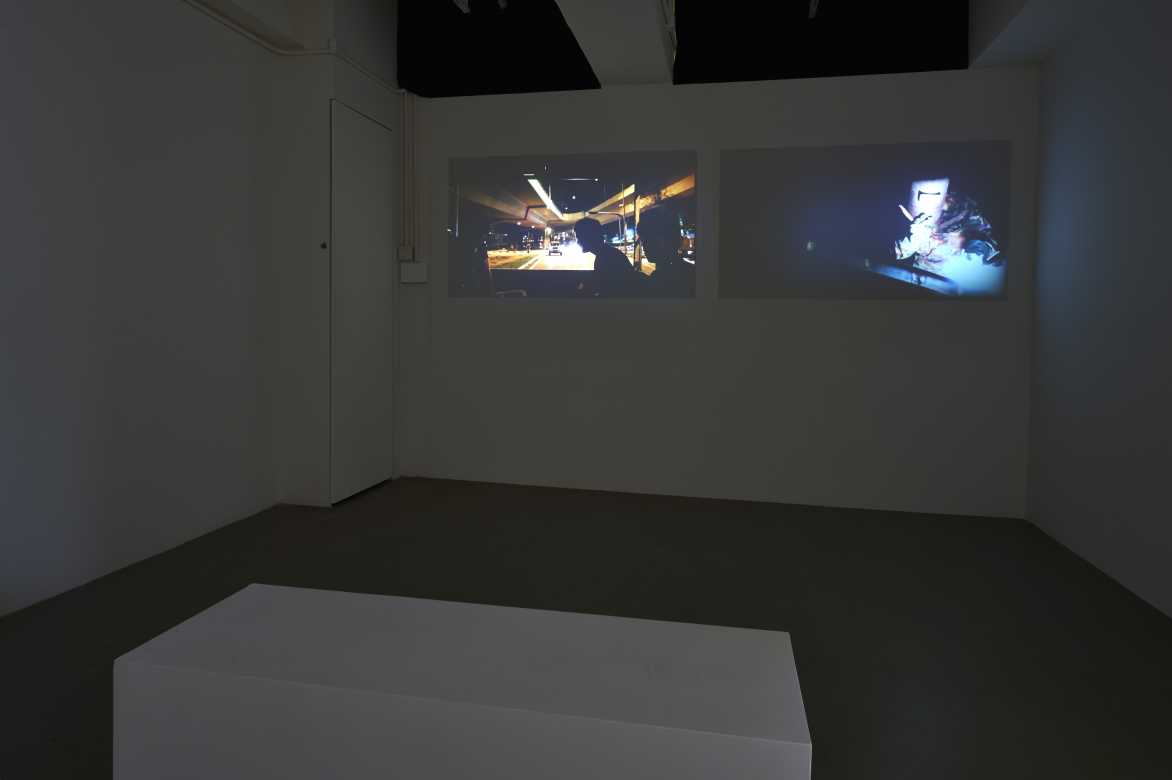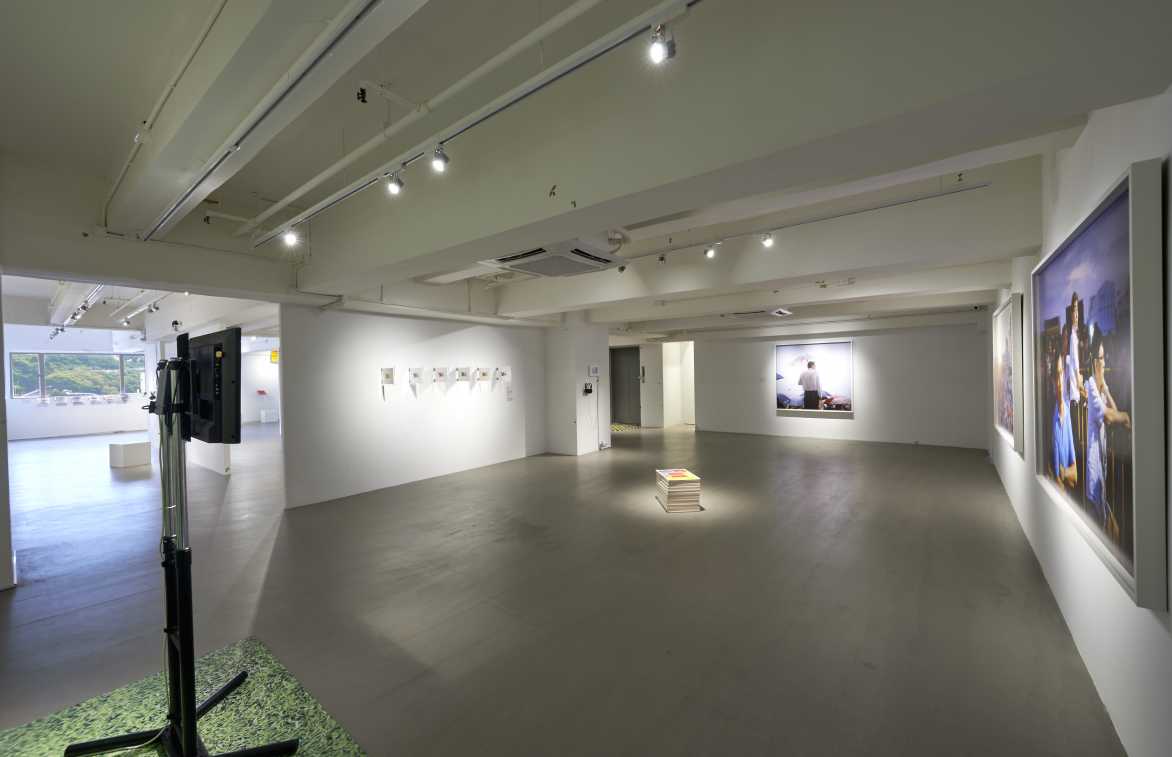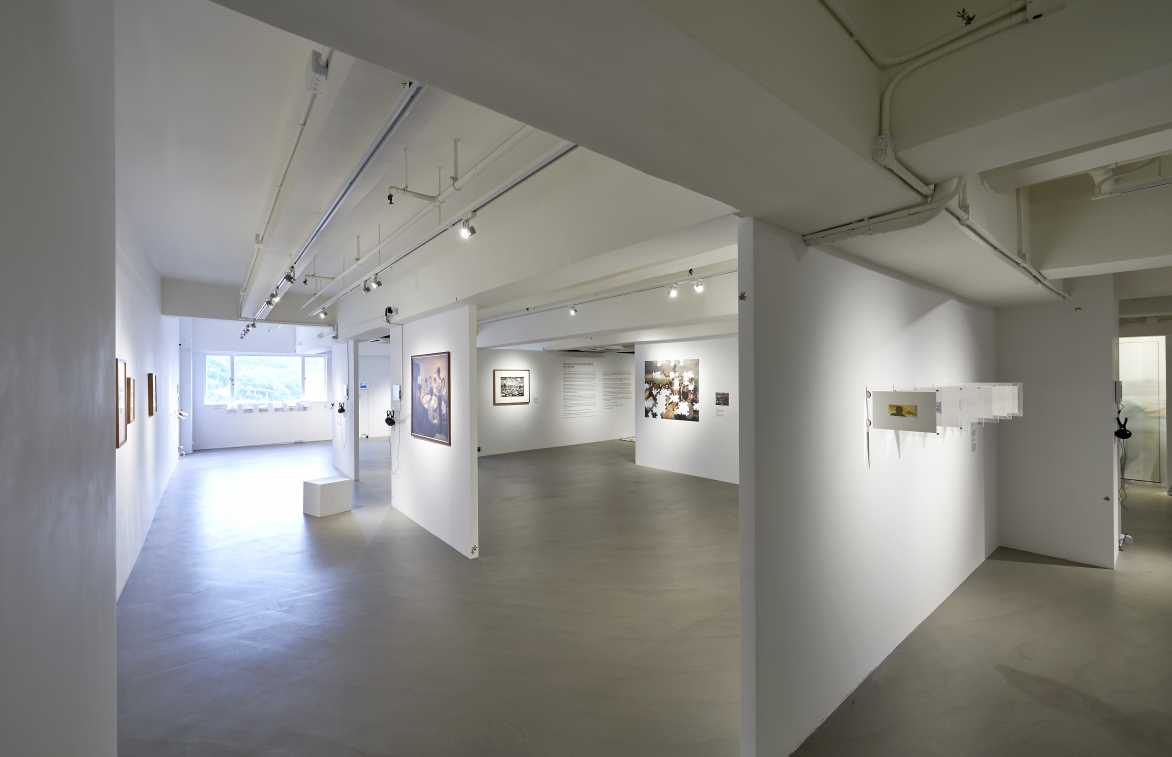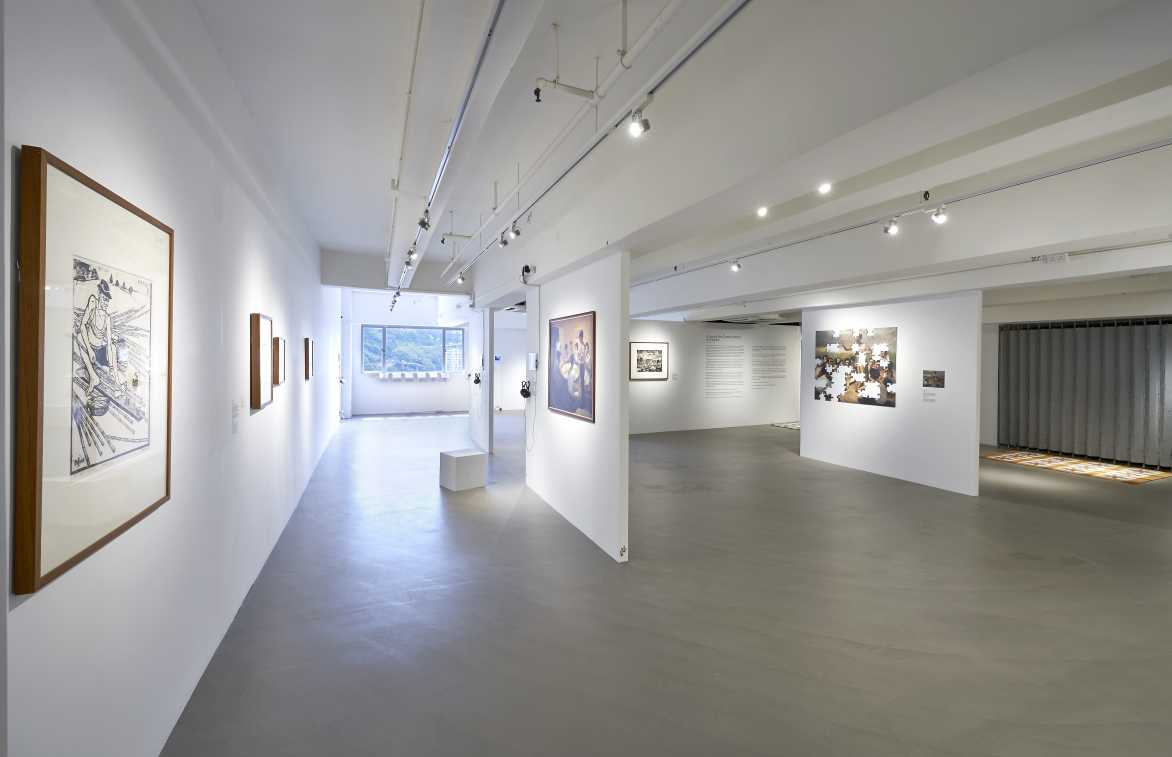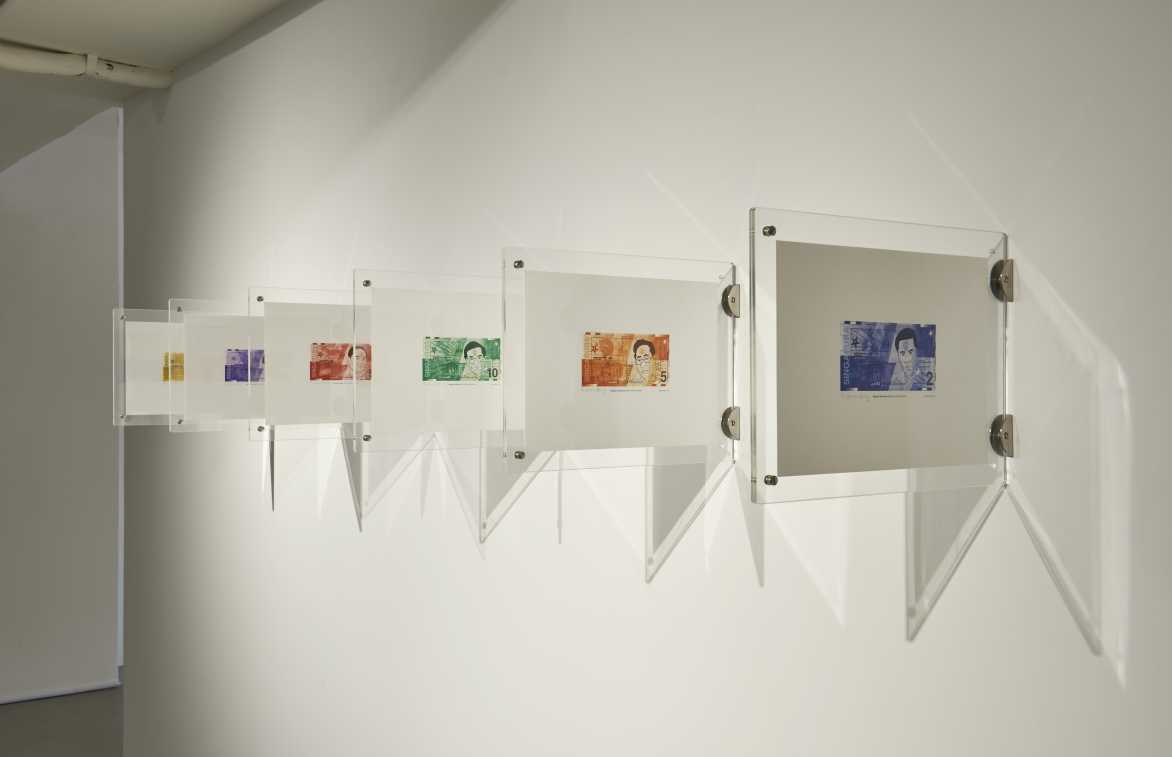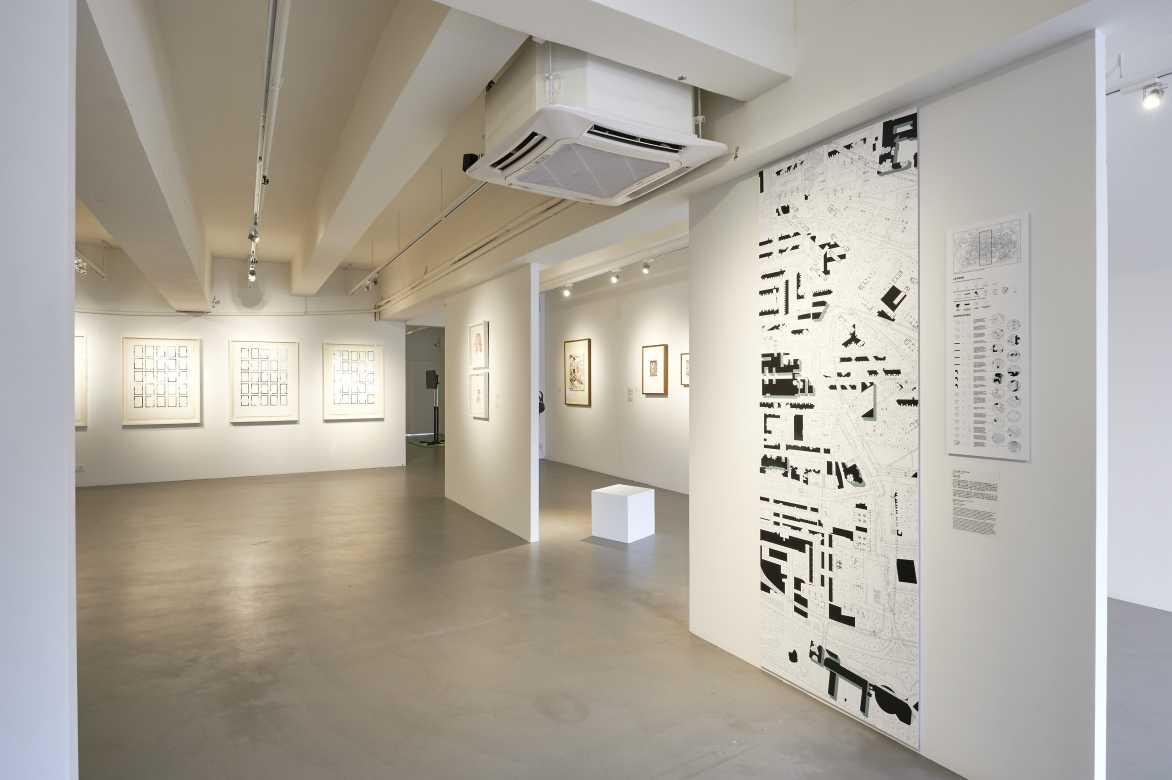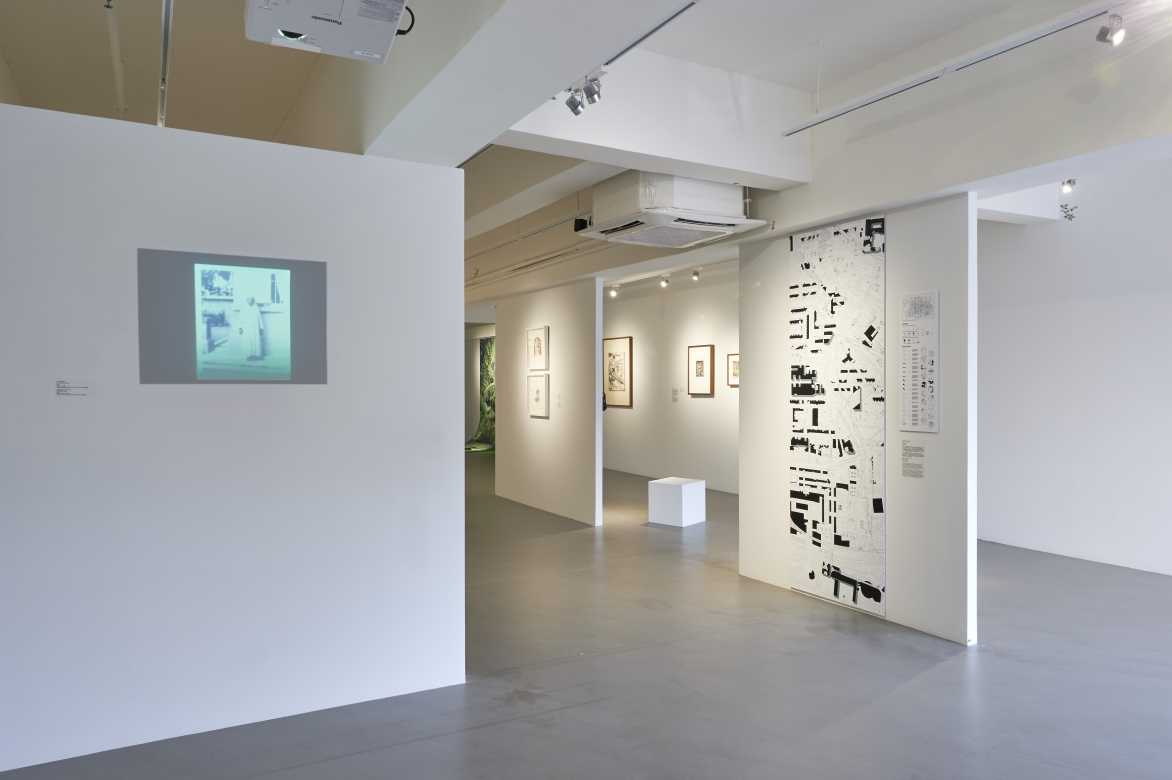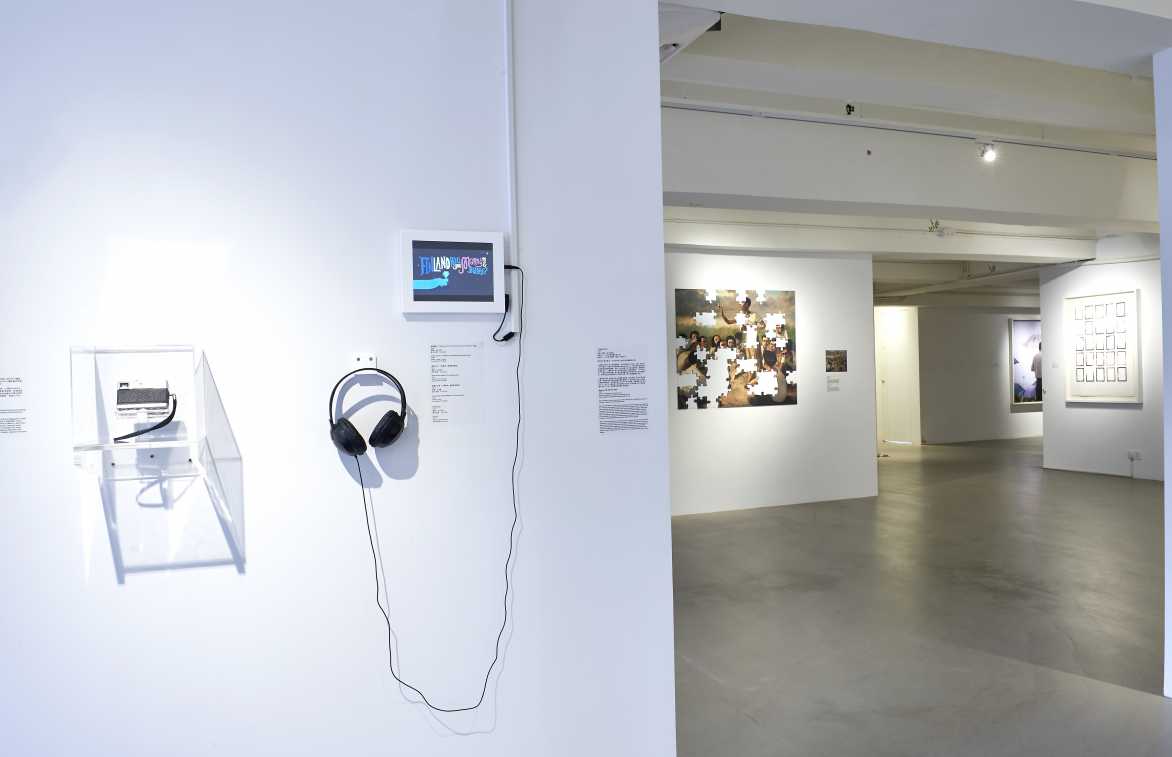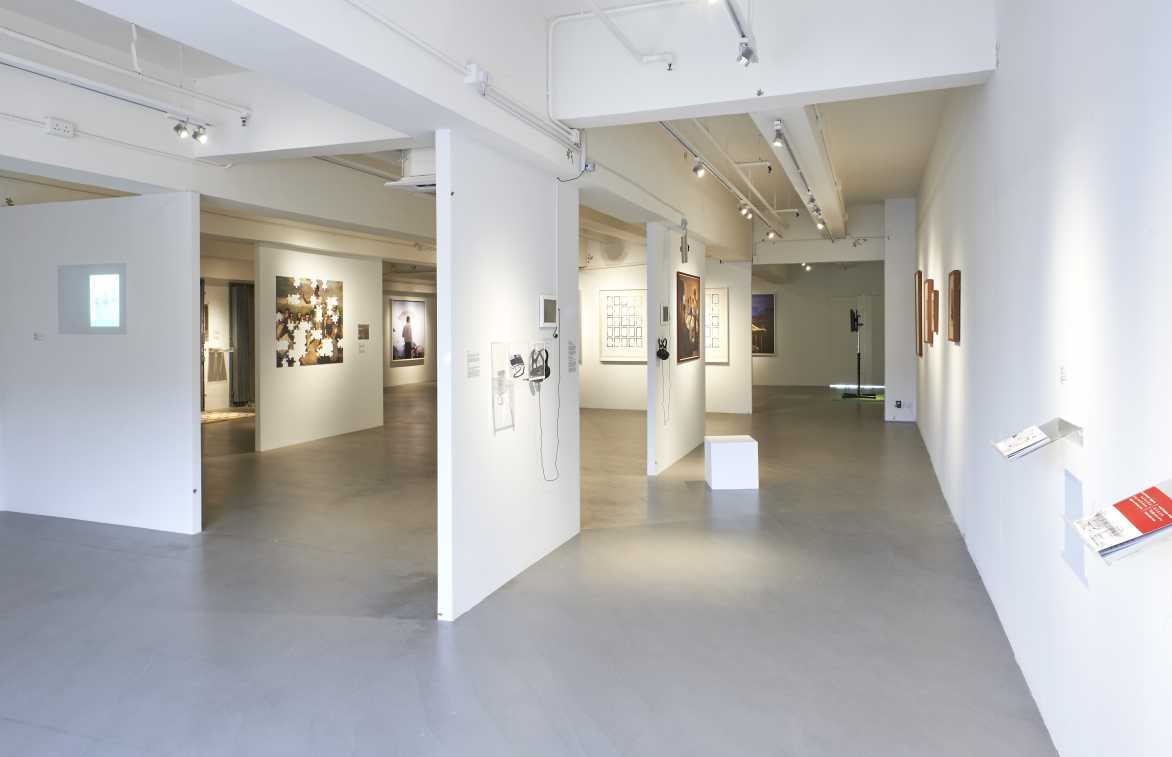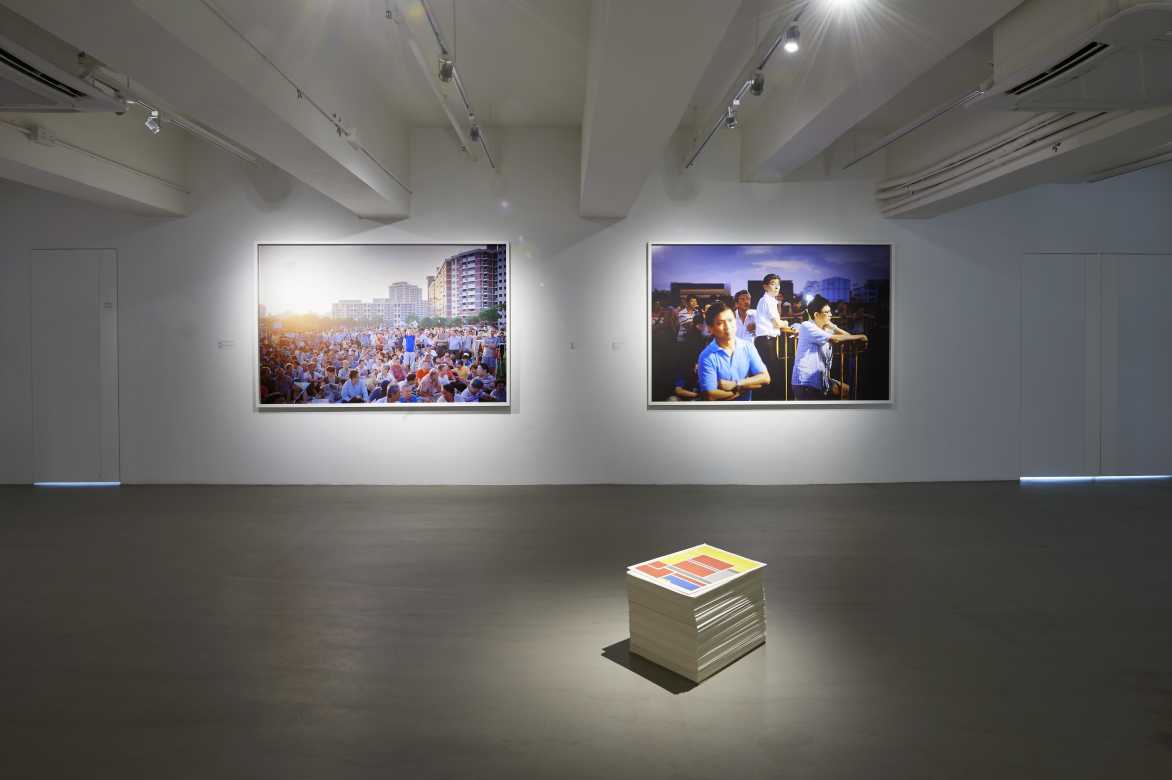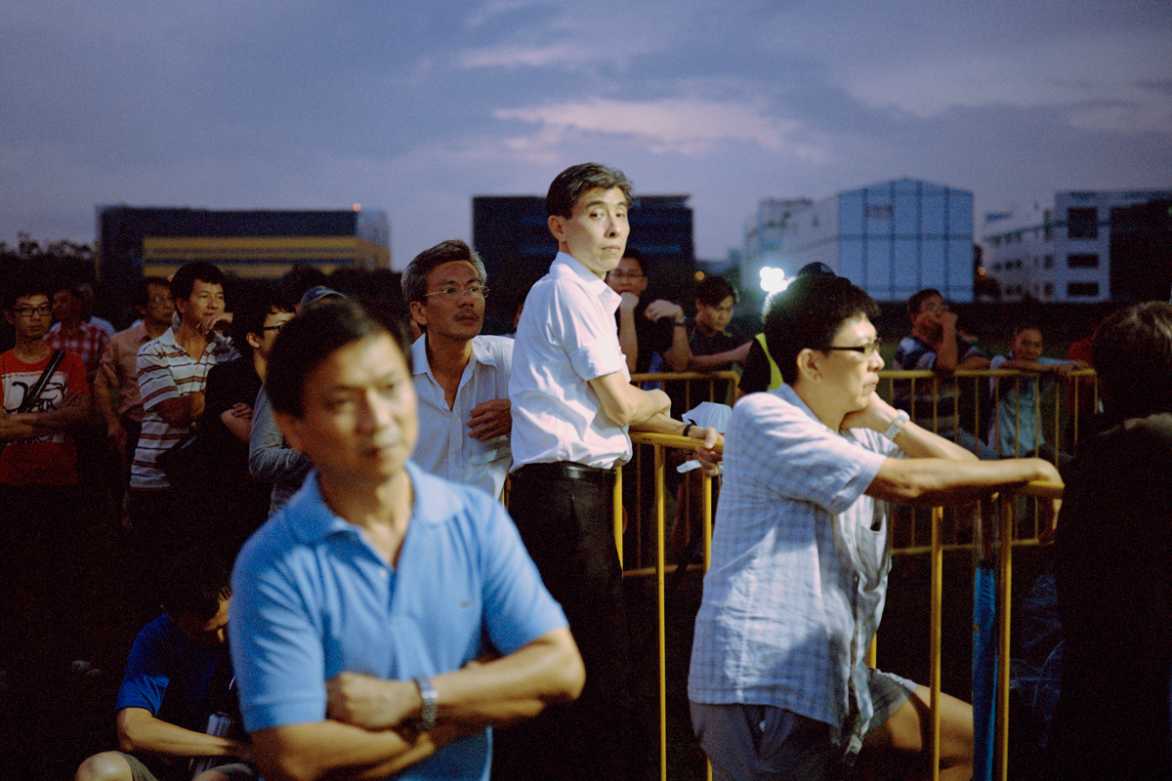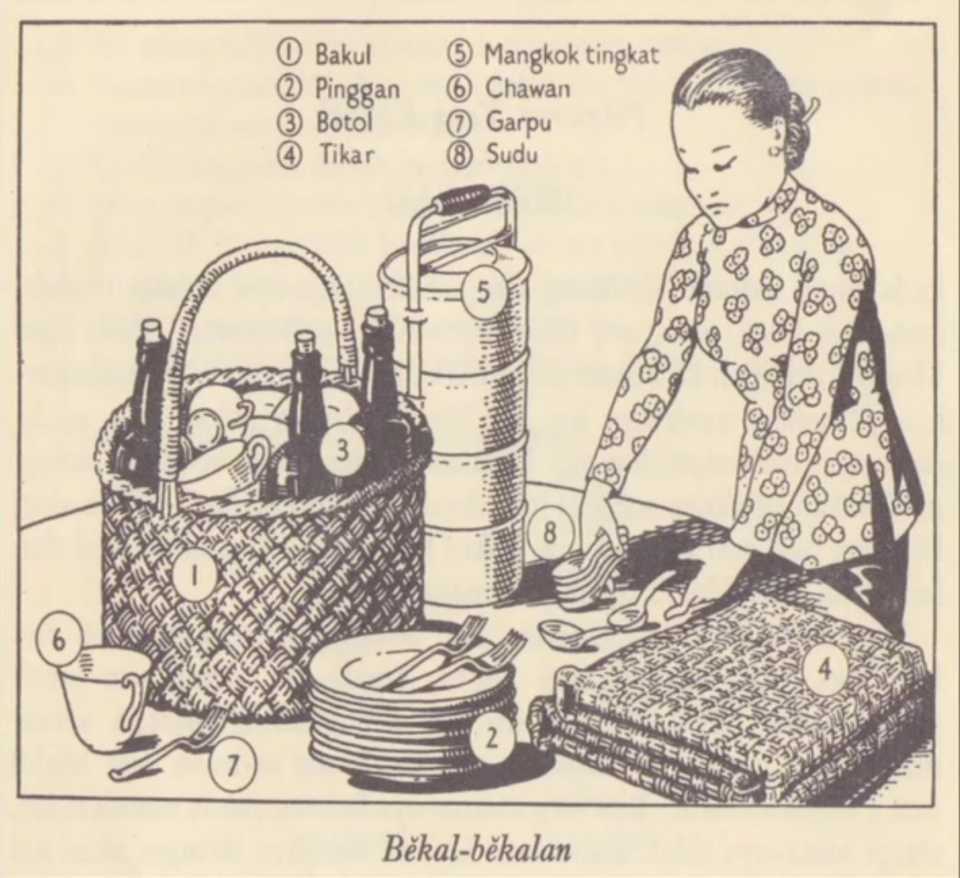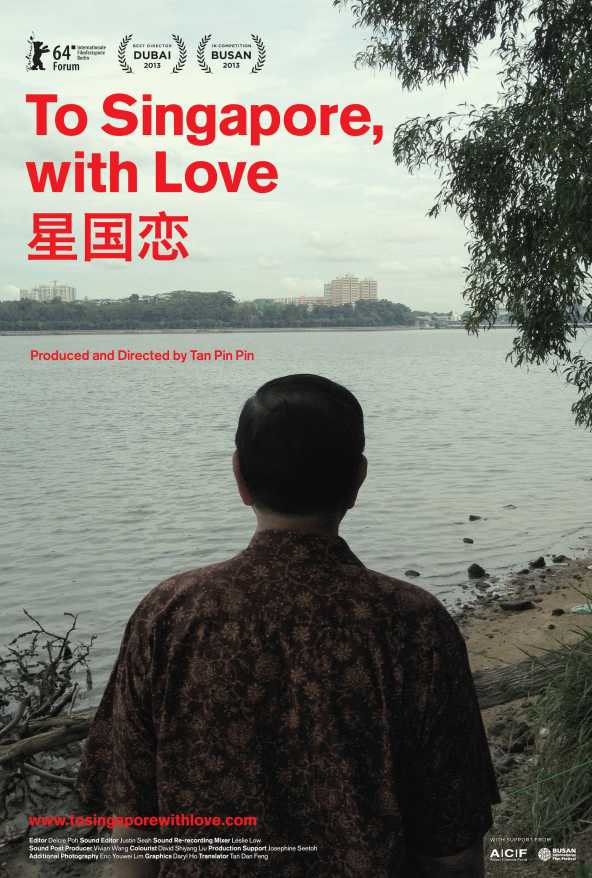
Para Site is pleased to present A Luxury We Cannot Afford, an intergenerational explorative essay reflecting on the formation, development, and paradoxes of the national ideology in Singapore as a statist “capitalist democracy”. The exhibition uses popular culture, economic and urban planning history, and art of the 1950s/60s and 2000s—two moments in which the country, currently celebrating its 50th year of independence, was at the brink of economic utopia. Curated by , the exhibition includes works by . The exhibition is designed in collaboration with Singapore-based art group, LATENT SPACES.
A Luxury We Cannot Afford derives its title from a speech made by former Prime Minister in 1968 at the then University of Singapore and a poetry anthology of the same title printed by Math Paper Press in 2014. The “luxury” in speech referred to poetry, literature, and humanities in general, which were to be indefinitely postponed in the face of much needed industrialization and emerging nationhood after Singapore’s expulsion from Malaysia in 1965. This directive was furthered through the national agenda in the 1970s, but shifted in the 1990s when cultural development was viewed as a necessity for the greater development of the country in gaining status as a developed nation.
As an exhibition, A Luxury We Cannot Afford takes the term “luxury” away from its common consumerist and capitalist underpinnings, and explores how this term and attitude is applied to personal and civil liberties in the futuristic language of Singapore’s governmental mandate over the last 50 years. In this promised future, the utopian personal and civil liberties—that of free speech, identity, political ideologies and public space—are positioned for an undefined time when the members of the public are mature and ripe for such discussions.
Rather than look at Singapore’s historical, economic and geopolitical position in a singular and linear fashion, this exhibition posits the aspirations of the early pioneers as unanswered, unfulfilled and continuing to resurface in spite of cycles of geopolitical reinvention and a central governmental ideology inclined towards a secular form of economic pragmatism.
Alternating between the generations, the exhibition starts with ’s It’s but a dream (1963), a painting created two years before the country’s expulsion from Malaysia and in the early days of decolonized autonomous governance. An optimistic envisioning of a bright future is seen to be emerging from smoke trailing off a cigarette held by a presumably Chinese female. While seemingly engaged in conversation with a gesticulating unidentified shadowy figure, the female seems lost in her thoughts where a rosy future is held in stark contrast to the darkness of the present.
’s Screen Green, is a newly commissioned lecture performance for this exhibition. Inspired by a screen capture of the current Prime Minister ’s National Day Rally speech in 2014, tracks how green screens are speculative cinematic spaces used for the projection of possible futures (and as filtering devices to screen out futures undesirable by the State). ’s commissioned sign THIS PAVILION IS STRICTLY FOR COMMUNITY BONDING ACTIVITIES ONLY (2015) is the product of a street sign bearing the same statement that brings to question the notion of public and the mandatory requirement for community activities as a social lubricant in a pluralistic and diverse landscape.
The complex relationship between the two generations is pulled closer together through ’s The Epic Poem of Malaya Project(2008), a 100-piece jigsaw puzzle of pioneer artist ’s painting The Epic Poem of Malaya (1955). The puzzle pieces were distributed in 2008 to 100 visitors who were then invited back a year later to make the puzzle whole again. Filled with ambiguous iconography and created during the internal self-governance period, the original painting depicts a group of students sitting on a ground under a tropical sky, listening to a young man seemingly orate the design of a new state, a decolonized autonomous Malaya.
A Luxury We Cannot Afford also looks at the construction of Singapore from across borders. Malaysian artist ’s Not Talking to a Brick Wall (2006) questions the paradox of Singapore as a sovereign state whose public spaces can still be seen as closely intertwined with Malaysia through personal histories and familial ties. In this video, uses contemporary footage of her paternal family’s home in Singapore and found photographs from her family’s archives and layers sounds of present-day passing traffic to present an intimate invitation to a time when the borders between the two countries were more porous. drawings from Let’s learn propaganda: Singapura series (2011-12) present a nightmarish look at Singapore and the mechanics of statehood.
This exhibition takes into consideration the asymmetrical socio-economic competition between Singapore and Hong Kong through reference materials and Samson Young’s It is heaven over there (2015). Young’s podcast performance, newly commissioned for the exhibition, takes its point of reference from the 1991 advertising campaign that the Singapore government created to encourage the migration of Hong Kong residents to Singapore in light of the oncoming 1997 handover.
A Luxury We Cannot Afford is an exhibition of nuances and layers of what was wanted, what was achieved and what is still desired within the narrow scope of 50 years.
Throughout 2015, Para Site organized a number of public programmes in conjunction with the exhibition, including the Hong Kong premiere of To Singapore with Love in March and a series of lectures and panels titled Another Word for Silence in June. Screen Green, a lecture performance by was performed on 18 September at 7:30 pm.
The research for this exhibition is a culmination of materials gathered from conversations conducted with leading practitioners and academics over two research council meetings held in Singapore in January and Hong Kong in June, 2015. Members of these separate councils are .


